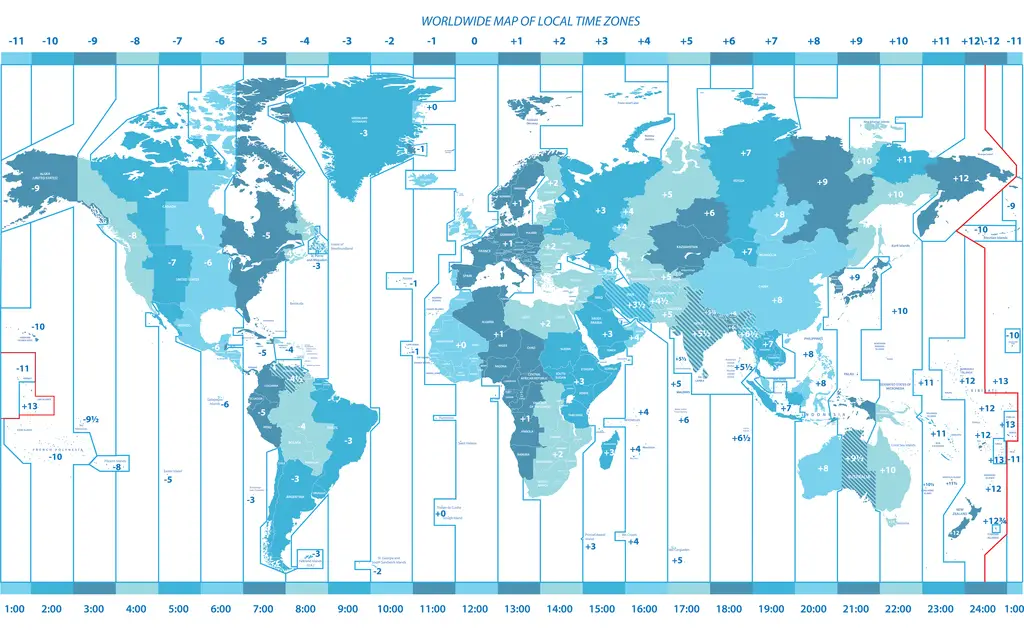Everything in life is dictated by time, and depending on where you live, your time is different than someone somewhere else. This hasn’t always been the case. How then was it decided how our time was divided up?
The origins of time zones can be traced to one particular change in transportation–the rise of the railroads. In the late 1800s, when trains became the preferred means of travel across the U.S., a problem surfaced. Passengers needed to catch their train at a particular time in their part of the country, and trains needed a set time so they wouldn’t crash into each other.
Towns usually set their local time by the sun’s movement, so when trains began to cut the travel time between these towns, the time between these areas was vastly different. The railroads had to have different arrival and departure times for different trains depending on the local time where the train was coming or going. It became a scheduling mess, and a better way was needed.
The railroads were the first to develop a time zone system in 1883 instead of relying on the federal government. They established four zones across the country; the Eastern, Central, Western, and Pacific. These zones are closely aligned with the zones we have today. It wasn’t until 1918 that these time zones became official under the Standard Time Act. This was also when daylight saving time was established.
A year after the railroads set their time zones, delegates from 25 countries met in Washington D.C. to establish time zones worldwide and across different countries. They set the standard starting point (the Prime Meridian) at the Royal Observatory in Greenwich, England. With each 15 degrees longitude change, the time changed by one hour. Going east an hour was gained, and by traveling west an hour was decreased. The result was 24 time zones that covered the entire world.
The choice of Greenwich as the Prime Meridian was because of its popularity, even though other countries were using other longitude reference points. The observatory had a record of accurate and reliable navigation data used in the shipping industry, and Britain had more ships and shipping traffic than the rest of the world combined at that time. It wasn’t wholly adopted by every country right away, however. The French used Paris as their Prime Meridian until 1911.
So who ultimately decides what the time zones are? It’s actually decided by individual countries. While many countries adopted the hourly time zones, there were still many variations as different nations decided on half or quarter-hour deviations from those zones.
Many countries have changed their time zones to fit their needs. In 1949, China’s communist government moved the country’s five time zones into one. The time for the entire country was based on the time in Beijing, and the reason was to establish national unity. There are other oddities with time zones around the world. In the summer, Australia has not only vertical time zones like we are familiar with but horizontal ones as well, and Russia actually covers twelve time zones but only recognizes nine of them.
The current time zones are far from uniform, and many other strange time zones crop up because of daylight saving time. This would require an entirely separate discussion.



